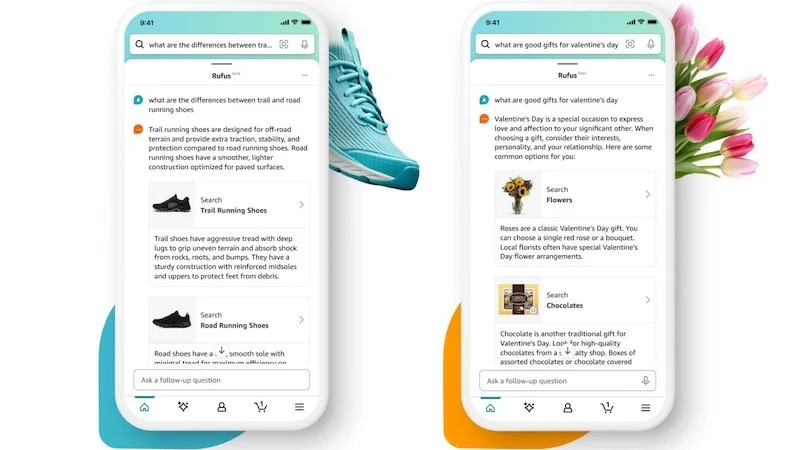How to create a product roadmap using the PriX method
If you got to this point, it means your project is moving forwards. That is great!
As you probably know, organisation is vital in mobile apps development. That is why the development process includes important tools and concepts, such as roadmaps and prioritisation, that help developers build valuable products for the users.
But it is also essential to create a good roadmap.
Our app development design agency has used its vast experience in web development, so we combined our experience with the inspiration of other existing methods and designed our own framework: the PriX Method by Pixelfield.
Today we explain what the PriX method is and how it can be decisive in creating a high-quality roadmap.
What is the PriX method?
The PriX method is an easy to use framework developed by our development agency that successfully helps you prioritise new features and build a feasible product roadmap.
We can divide the PriX method into three steps: qualitative assessment, result visualization, and final check.
What is a product roadmap
A product roadmap is a strategic document and handy visual overview of your team’s vision for your digital product development.
It captures the planned journey from the first version to the final product, which provides users with all the desired features.
Your roadmap should depict a map of feasible steps, each adding more value to your user’s experience. These steps are called releases. Each release includes a set of features that will be added to the product.
How to build the roadmap using the PriX method
Building a high quality product roadmap requires detailed information on the value of all the features that are part of the release. And this is where our meticulous method enters.
The PriX method will help you prioritise (i.e. calculate the importance of) the features for each release in the roadmap.
We organised this part according to the three steps that make up the method:
1. Quantitative Assessment
In this first step, we introduce a formula that will help calculate the value of candidate features. The formula comprises a set of criteria that allow you to figure out the placement of the features within the roadmap.
It is not possible to be 100% accurate when evaluating the features, which is why quantitative analysis is just one part of the process. Nonetheless, it is an important step in the method.
The formula is as follows:
PriX score = [Reach x Impact x (Traction/Traction Importance) x (Revenue/Revenue Importance) x Cost of Delay x Confidence] / Effort.
Use our free spreadsheet template to do the calculations.
2. Results Visualisation
Rank the features based on the PriX score and visualise your priorities for the upcoming release. To do so, place each feature into one of the following categories:
Must have: essential features
Should have: important features
Could have: interesting features
Won’t have: least important features
3. Final Check
This is the final step. Fill in the Story Mapping matrix to double-check if the bundle of features and solutions for the upcoming release make sense from the user perspective.
Draft a sequence of categories representing different stages of the user journey of this release’s target segment. Then put all the chosen features in the correct categories and visualise their ranking along the vertical line.
Final thoughts
Prioritisation is the process that helps you organise the presentation of new features to your target audience.
The features are grouped in sets and presented through releases. In turn, the releases are scheduled in a document called a roadmap. This process helps developers manage product development more effectively.
With the help of our own PriX method, a qualitative and quantitative method built by our team, we can facilitate the creation of roadmaps.















Continue reading…